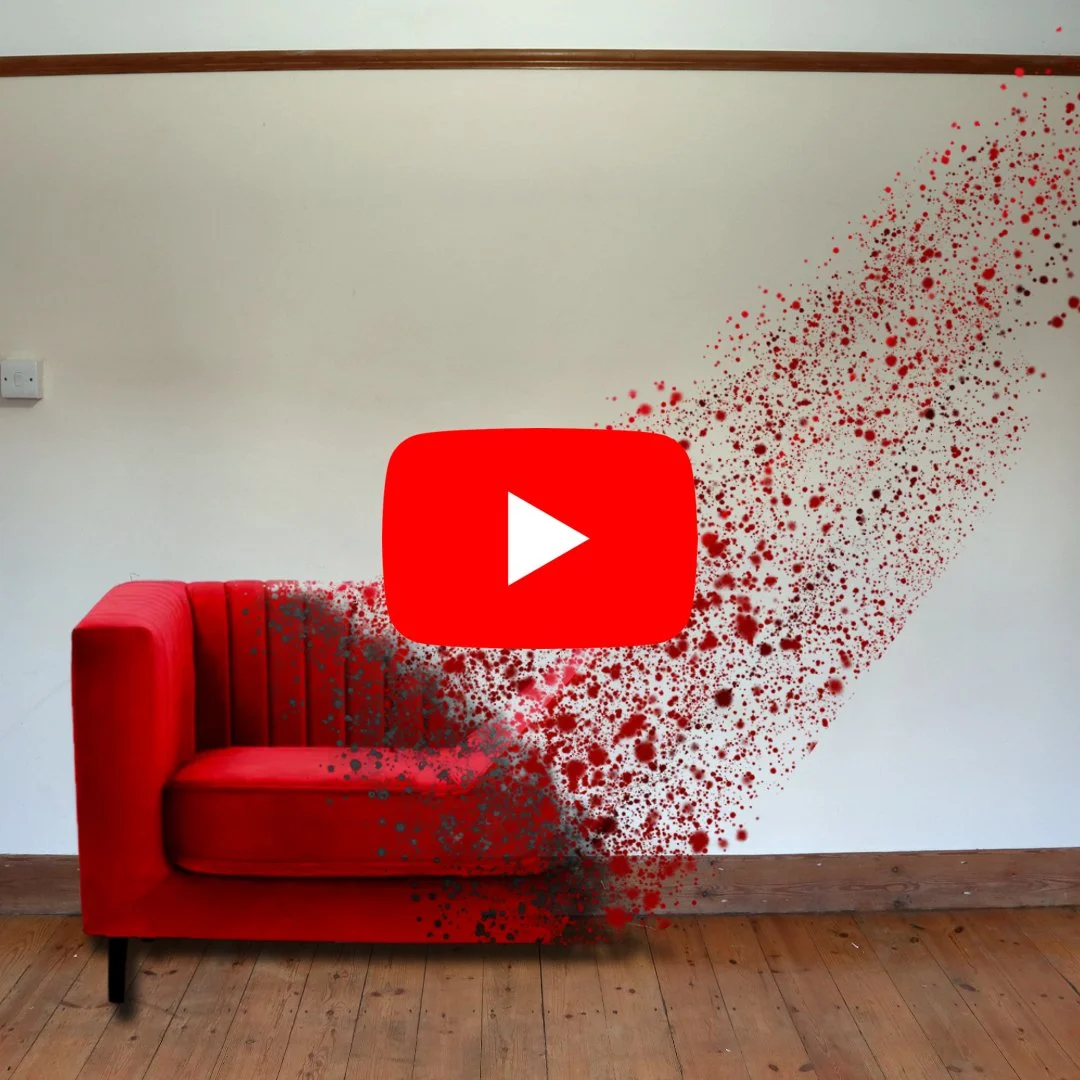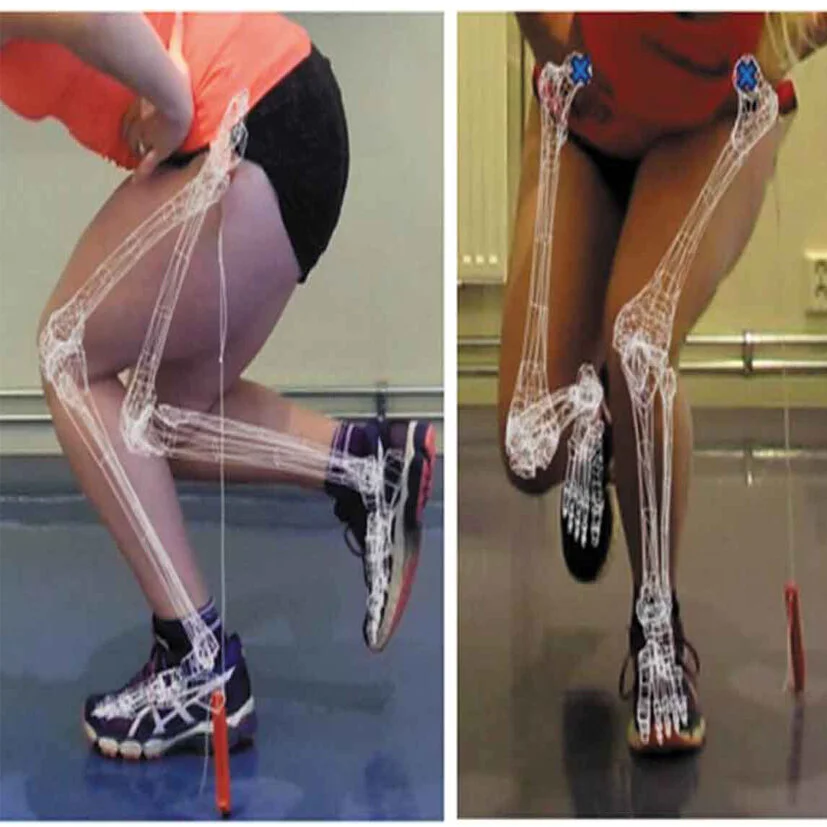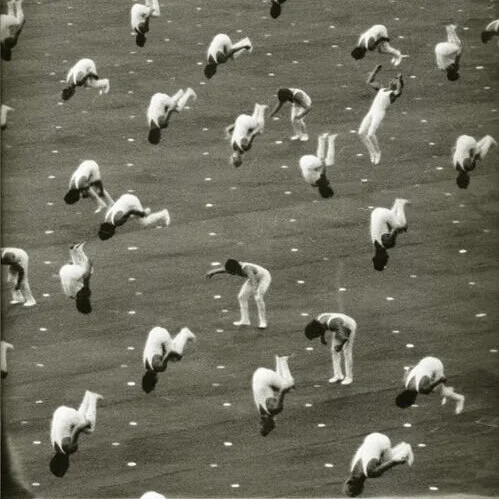Knee position isn't a predictor of future ACL injuries, new study suggests
A new study published in January 2021 investigated whether control of hip and knee movement in the frontal plane were associated with future non-contact anterior cruciate ligament (ACL) injury in elite female athletes.
Researchers followed 880 elite female handball and football players after performing a 2D movement analysis looking at frontal plane deviations during the single leg squat and vertical drop jump, common tests used to assess ACL injury risk. 722 non-injured players along with 56 players with a history of a non-contact ACL injury were included in this prospective study.
Frontal plane movement consists of side-to-side motion, known as abduction and adduction.
They used imaging software to identify joint centres using digital markers and to calculate joint kinematics (a branch of mechanics that deals with pure motion, without reference to the masses or forces involved in it) and all testers underwent a structured training programme, involving a thorough description of the procedures.
Three valid trials for each leg from both the single-leg squat and the vertical drop jump test were included and researchers then analysed the deepest position of each trial. For the vertical drop jump (where you drop down off a box and immediately jump as high as you can), they also analysed the frame of initial heel contact, i.e. when the foot was flat on the ground.
The takeaway of the study showed that we don’t know what predisposes individuals to higher ACL tears and lends credence to not putting too much weight on these two screening assessments when determining ACL tear risk.
In a previous blog post I wrote about the origin of keeping our knees-over-toes:
This belief originated from Dr. Karl Klein when he published his research in 1961 stating that deep squatting over-stretched the ligaments of the knee. After being picked up by Sports Illustrated in 1962, his theory became accepted across the board - the Marine Corps eliminated the squat jumper from their programme and gym teachers were banned from using the full squat in physical education classes. The myth was born and, to this day, walk into any gym and see most people only squatting to a parallel depth and bending their knee as far as their toe.
It’s important to recognise that we are far from complete in our knowledge and we know very little about the way about how the body actually works - that’s why I really like reading these studies because they run counter to ‘accepted wisdom’ and challenge our prevailing norms. The knee-over-toe myth has become entrenched along with many others including the R.I.C.E protocol (Rest-Ice-Compression-Elevation) whenever anyone is injured or has trained hard. You may not know that Dr. Gabe Mirkin, the physician who coined the acronym ‘R.I.C.E’ in 1978, wrote a blog post in 2015 updating his position:
‘Ice has been a standard treatment for injuries and sore muscles because it helps to relieve pain caused by injured tissue. Coaches have used my ‘RICE’ guideline for decades, but now it appears that both ice and complete rest may delay healing, instead of helping…A summary of 22 scientific articles found almost no evidence that ice and compression hastened healing over the use of compression alone, although ice plus exercise may marginally help to heal ankle sprains’.
Dr. Mirkin’s post is worth reading in full and he touches upon various points including how anything that reduces inflammation also delays healing, why ice also reduces strength, speed, endurance and coordination and his recommendations for new treatment protocols.
We need to keep space for new ways of doing things, be unattached enough to discard old knowledge if new information is compelling enough, and remember that we don’t know what we don’t know. If science changes from being a mode of inquiry into a form of authority we follow slavishly, we’re likely to forget that common sense and our own observations can also guide our actions. Your well-intentioned coach or trainer may give you advice but perhaps their information isn’t the most up-to-date; if there is currently no accurate way to predict who will suffer non-contact ACL injuries and who won’t, ask them to show you where their evidence to the contrary comes from and weigh it up for yourself.
REFERENCES
Agnethe Nilstad, Erich Petushek, Kam-Ming Mok, Roald Bahr & Tron Krosshaug (2021): Kiss goodbye to the ‘kissing knees’: no association between frontal plane inward knee motion and risk of future non-contact ACL injury in elite female athletes, Sports Biomechanics, DOI: 10.1080/14763141.2021.1903541
Exceptions to the joint-by-joint approach – by Greg Lehman with commentary from Bret Contreras
Krosshaug T, Steffen K, Kristianslund E, Nilstad A, Mok KM, Myklebust G, Andersen TE, Holme I, Engebretsen L, Bahr R. The Vertical Drop Jump Is a Poor Screening Test for ACL Injuries in Female Elite Soccer and Handball Players: A Prospective Cohort Study of 710 Athletes. Am J Sports Med. 2016 Apr;44(4):874-83. doi: 10.1177/0363546515625048. Epub 2016 Feb 11. Erratum in: Am J Sports Med. 2017 Jul;45(9):NP28-NP29. PMID: 26867936.
The use of Cryotherapy in Sports Injuries,’ Sports Medicine, Vol. 3. pp. 398-414, 1986
“Is Ice Right? Does Cryotherapy Improve Outcome for Acute Soft Tissue Injury?” JEM, 2008; Feb. 25; 65–68
Dr. Gabe Mirkin - Why Ice Delays Recovery
Tseng, Ching-Yu1; Lee, Jo-Ping2; Tsai, Yung-Shen2; Lee, Shin-Da3; Kao, Chung-Lan4; Liu, Te-Chih2; Lai, Cheng- Hsiu2; Harris, M. Brennan5; Kuo, Chia-Hua1,3 Topical Cooling (Icing) Delays Recovery From Eccentric Exercise–Induced Muscle Damage, Journal of Strength and Conditioning Research: May 2013 - Volume 27 - Issue 5 - p 1354-136, doi: 10.1519/JSC.0b013e318267a22c
Scialoia, Domenic & Swartzendruber, Adam. (2020). The R.I.C.E Protocol is a MYTH: A Review and Recommendations thesportjournal.org/article/the-r-i-c-e-protocol-is-a-myth-a-review-and-recommendations.
Bleakley CM, Glasgow P, Webb MJ, Cooling an acute muscle injury: can basic scientific theory translate into the clinical setting? British Journal of Sports Medicine 2012;46:296-298.































What are the most common misconceptions about furniture free? Well these are my top three!